At our goat dairy, we run summer workshops on making cheese. We like these cheeses because they don’t require rennet or even aging. In this article we’ll go through everything from getting the milk to setting up your operation so you can sell the cheese you make.
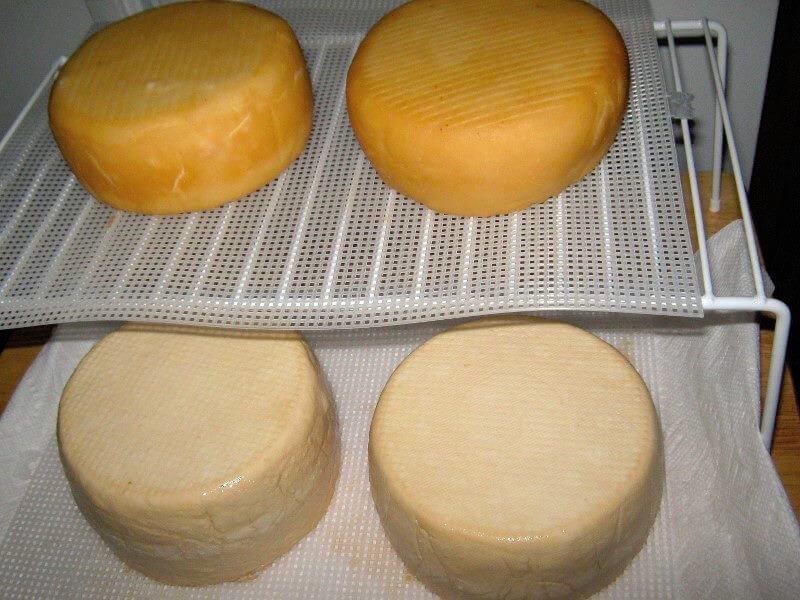
We have pure Saanen goats, Nubian goats and goats that are a mix of Saanen/Nubian. The Saanen gives volume where the Nubian gives high fat content. The Saanen/Nubian mix gives the best of both worlds! If you’re thinking about buying goats for your farm, read our post on how to start raising goats.
Breeding Season: Waiting For The Milk
Breeding season, for us, starts anywhere between October and December. The does and kids do better when it starts getting warmer, so we want the goats to kid usually the last of April.
We take that date and count backwards 145-155 days—a goat’s approximate gestation period—to see when we want to breed the goats. The exact date also depends on estrus of the goats. If they have gone past their estrus cycle we will have to wait another 21-28 day cycle.
We do not take the kids away from their mothers. We leave them until they have been weaned. We do take any excess milk they have during this time.

Milking And Cheesemaking Season
Milking and cheesemaking starts in earnest for us around the last of May to the first of June. In years past we have only milked by hand. As arthritis sets in, we are now using a milking machine.

We conduct workshops on making different types of cheeses but are only licensed to make/sell aged cheeses. We do have a “farm kitchen” where the milk and cheese are processed. The milk goes directly from the milking parlor to the farm kitchen.
You do not want to leave your milk out for too long before processing or refrigeration. This can cause “off” flavors in your product.
Some of the cheeses we make here are our Homebrew Cheddar, Chived Cheddar and Hopping and Wining Tomme.
The Hopping Tomme and Homebrew Cheddar are brine-washed in a beer made from our hops to reduce mold growth. The Wining Tomme is brine washed in wine made here from wineberries.
After developing a hard rind (about 3 days of air drying) we use beeswax (wax we save from our honey harvest) to coat. We make a chevre that we use in our poundcakes.
Queso Blanco, Or Vinegar Cheese
One of the most simple and versatile cheeses we show people how to make is our Queso Blanco, or vinegar cheese. You can start this in the morning and have it for your evening meal! This cheese doesn’t require rennet or culture.

This cheese has a variety of uses. It does not melt and can be baked, deep-fried, used in stir-fries, sauces and used as a substitute for tofu. It has a similar texture to Mozzarella. It is also referred to as Paneer/Panir. Depending on the fat content of the milk this recipe should make 1 1/2-2 lbs.
Items Needed
- A 1-gallon (at least) Stainless Steel or Enamel Pot. Never use aluminum with milk.
- Thick cheesecloth. Note: I use flour sack towels instead of cheesecloth.
- Ladle
- Thermometer (candy or digital)
- Colander (preferably stainless steel)
Ingredients
- 1 gal. whole milk
- 1/4 c. vinegar (either kind, you can also substitute lemon juice)
- Kosher salt as desired
Directions
- Put the pot directly over medium-high heat. Stir frequently to keep the milk from scorching, until it is heated to 185-190 F.
- Using the thermometer keep a watch on the temp. When you get to 190 slowly add the vinegar, a little at a time, until you see the curds and whey begin to separate. You can go up to 200 degrees but, do not boil.
- When the curds have settled, ladle into a colander lined with cheesecloth. Tie the corners, when cool enough to handle, into a knot and hang the bag somewhere it can drain (possibly over the sink) for several hours or until the texture suits you.
- Remove the cheese from the cheesecloth and eat fresh or prepare for later use. The cheese can now be crumbled (add salt and/or herbs if desired) and used like feta or can be molded (also with herbs or berries if you wish).
This cheese can be frozen or stored in the refrigerator for up to 2 weeks. It’s great to cut up in small chunks and put inside homemade hush puppies. You can also batter these, then deep fry them. This cheese can be soaked in wine, fruit juice or other to take on different flavors for dessert!
Making And Selling Cheeses From Your Homestead/Farm
If the cheeses made are for you and your family there is no limit to the varieties you can make and enjoy. On the other hand if the product is to be sold there are guidelines for each state.
You will need a milking parlor. Specification for us, in North Carolina, is a sloping floor with drain and washable walls and stanchion/stand. We also had to have a double sink with a designated side for hand-washing (with sign).
You need warm water which we were able to provide with a tankless water heater that heats as needed or “on demand”. Milk needs to be milked into stainless steel containers/pails. The milk needs to be taken directly to the “cheese kitchen” or designated area for processing the milk.
Milk needs to be strained immediately and processed or refrigerated. The state food inspector will have to inspect and approve your set-up before you can begin selling your product.
Contact your local Cooperative Extension Agency for help or more info. You can also go directly to your Dept. of Agriculture and speak with one of the Food Inspectors.
Raw Milk Cheeses
We are a micro-dairy and do not have a commercial pasteurizer so we must use raw milk in our cheeses. If using raw milk, North Carolina regulations require us to “age” our cheeses 60 days before selling. Batches of our milk must be sent for testing but our state provides the sampling containers, labels and tests for free!
In order to “age” cheese you need a constant temperature (for our cheeses we need 55-60 degrees) and we don’t have a cheese cave. We got permission to use a small “dorm” refrigerator that we keep at the temp we need. These cheeses must be turned every day.
If you are wanting to make different kinds of cheeses and can source pasteurized milk from a licensed dairy that is another option.
Along with making soap, making cheese is a fairly simple way to get the most out of your goats’ milk. Have recipes or tips of your own? Leave them in the comments!
Susan Tipton-Fox, along with husband Alan Fox, continues the farming and preserving practices passed down to her by her family. She presents on-farm workshops in Yancey County, North Carolina, and “workshop stays” on the farm. Follow her on Facebook: The Mushroom Hut @ Fox Farms.

























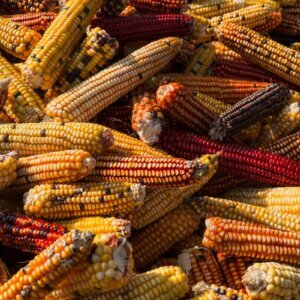



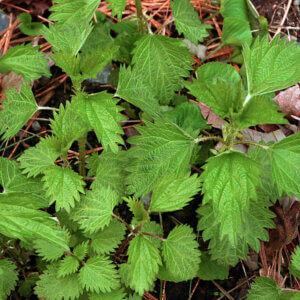



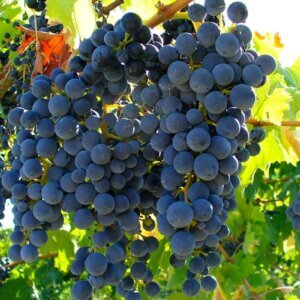






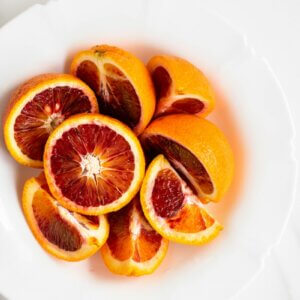

Leave a Reply